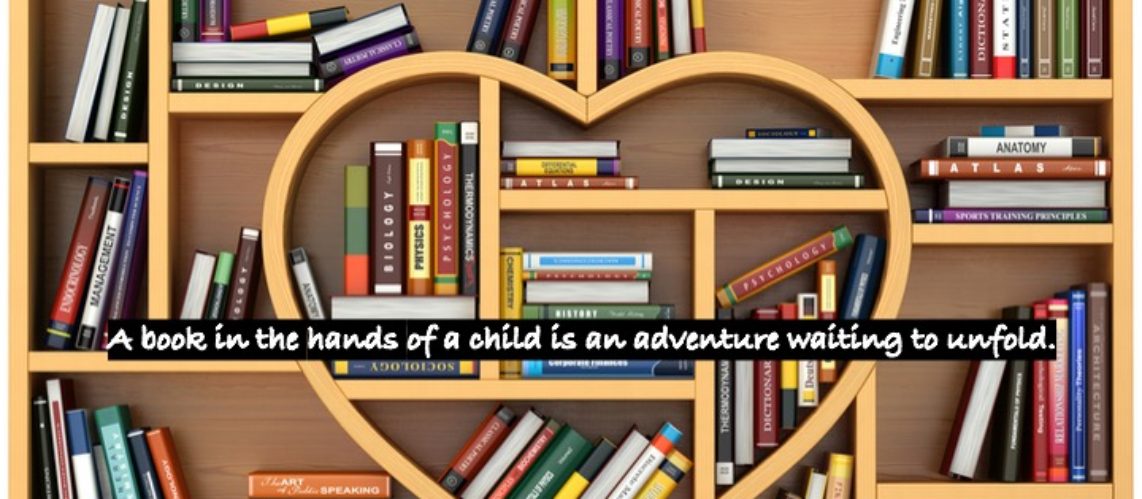Complete Computer Proficiency
Primarily and in very brief terms, a totally blind college student will need to be able to use a computer to the same degree as their peers and that means, they will need to be skilled with a fully featured screen reader such as JAWS or NVDA to access their curriculum and class materials. They will most likely also need to be proficient with the applications within Microsoft OneDrive or Google Workspace in order to write papers, create presentations, complete assignments, and take notes. Strong web navigation skills will prove essential for full access to learning management systems like Moodle,Canvas, or Blackboard used by the majority of higher-education institutions. Chief among these vital computer skills will be the ability to maintain a highly organized file management system on cloud storage. Remember Microsoft and Google are not your only options here. Don’t rely on those old flash drives or SD cards in the desk drawer. Get that free Dropboxsubscription working for you and transfer everything important into the cloud. And that goes for more than just documents. Pictures, videos, recordings, they all play a role in today’s multi-media rich learning environment.
Discover More Free Cloud Storage Options

Refreshable Braille Notetaker
For the braille literate college student, a fully featured braille notetaker may be worth the extra cash. Display only devices like Freedom Scientific’s Focus blue line are perfectly adequate for most situations as they cleanly achieve their intended purpose of display the text under a screen reader cursor from another device like a phone, tablet, or computer. But for text savvy students who want to step it up a notch, be sure to look into those more powerful braille devices that can stand on their own such as the BrailleNote Touch Plus from HumanWare, the BrailleSense 6 from HIMS, or the Orbit Reader 40 Plus from Orbit Research to take notes privately in class, send and receive emails, write documents, browse the internet, manage a calendar system, complete mathematical calculations, and of course read books for class, enrichment, and pleasure!

Voice Recorder
We all need reminders sometimes and its always better to be safe than sorry. Whether you are an auditory learner or not, pick a voice recording solution before you head to class. This device can take the form of a built-in smartphone app like Apple’s Voice Memos. Otherwise, download one from the App Store like Noted which was designed with VoiceOver users in mind. And if you insist on sticking with Android, there are options like Rev Voice Recorder which is free on Google Play, or maybe consider a separate recorder app for independent living tasks while staying on campus such as Recorder for the Blind.
If you are tired of everything being an app on your phone, standalone devices can be a refreshing choice such as an Olympus recorder with voice output to record lectures, speak audio notes, reminders about important due dates, shopping lists, and upcoming social events. Other handheld options can be found at independent living aid sellers such as MaxiAids, Independent Living Aids, and LS&S.

OCR
Professors often forget or do not bother to send digital files of handouts, or else think that emailing a graphic PDF is all they have to do, so the visually impaired student will probably require the services of a full OCR (optical character recognition) software program at least a handful of times. The OCR features built-into your screen reader like JAWS’ Convenient OCR or phone apps like KNFB Reader may not always be enough to do the job right. Options include OpenBook by Freedom Scientific, Kurzweil, Eye-Pal Reader, or SARA CE. Note that the former two may also require the assistance of a flatbed scanner to record the image and send it to the software for translation.

Independent Living Apps
There is absolutely no doubt that a college student needs strong independent living skills. For that, many mobile applications installed onto an iOS or (if necessary) android device, come in extremely handy. Microsoft’s free Seeing Aifor example can aid in identifying so many little things: text on cards or packages, grocery items, laundry machine labels, currency, recognizing papers left around on the desk, getting an overview of what’s in the new dorm room, reading signs in the hallway, identifying colors to match clothing, reading the note their roommate wrote on the dry erase board outside (if they have neat handwriting), and so much more. Check out Paths to Literacy’s list of camera-based helper apps to discover more.

Bonus: GPS Apps
Other apps such as GPS navigation including: The Seeing Eye, Ariadne, Blind Square, Lazarillo, and Autour all work great with VoiceOver and are just the thing to get acquainted with your new college town while helping on weekends for finding that café or coffee shop to meet up with the gang. Nav by ViaOpta is available free on both Apple and Android platforms.

